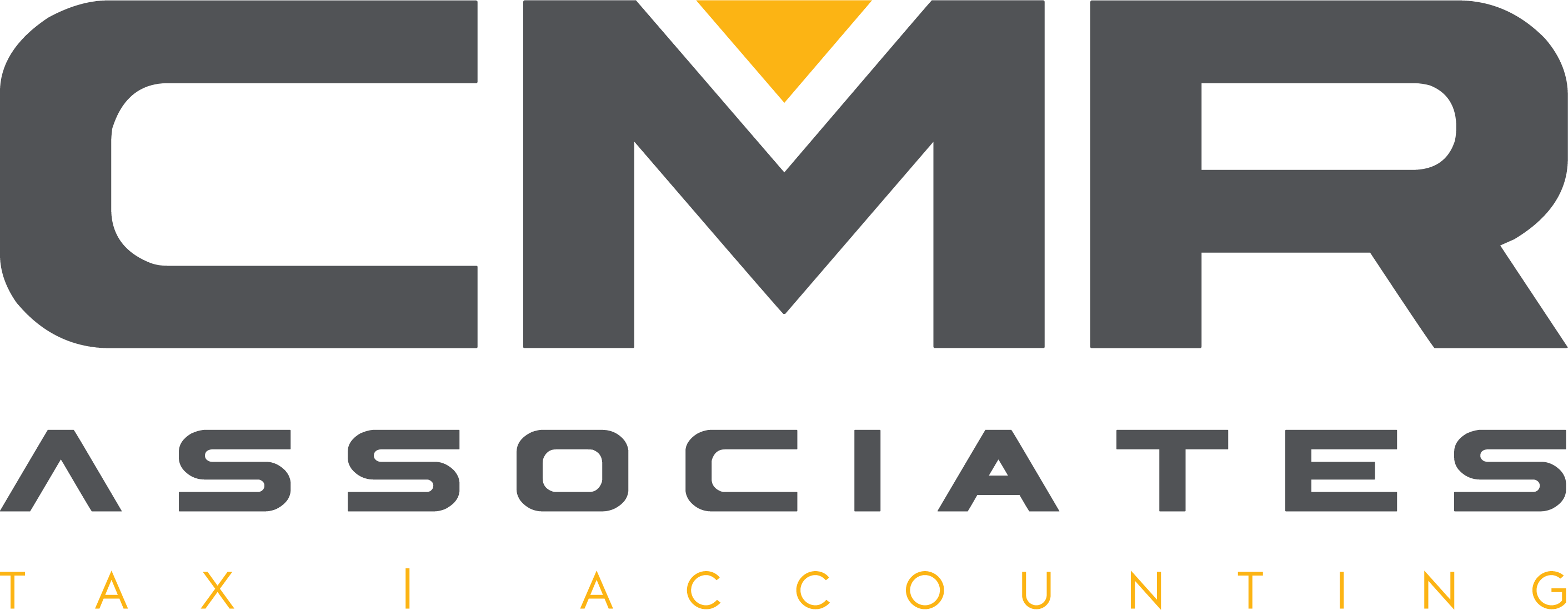
In the course of operating your business, you probably spend time and money “wining and dining” current or potential customers, vendors and employees. What can you deduct on your tax return for these expenses? The rules changed under the Tax Cuts and Jobs Act (TCJA), but you can still claim some valuable write-offs.
No more entertainment deductions
One of the biggest changes is that you can no longer deduct most business-related entertainment expenses. Beginning in 2018, the TCJA disallows deductions for entertainment expenses, including those for sports events, theater productions, golf outings and fishing trips.
Meal deductions still allowed
You can still deduct 50% of the cost of food and beverages for meals conducted with business associates. However, you need to follow three basic rules in order to prove that your expenses are business related:
- The expenses must be “ordinary and necessary” in carrying on your business. This means your food and beverage costs are customary and appropriate. They shouldn’t be lavish or extravagant.
- The expenses must be directly related or associated with your business. This means that you expect to receive a concrete business benefit from them. The principal purpose for the meal must be business. You can’t go out with a group of friends for the evening, discuss business with one of them for a few minutes, and then write off the check.
- You must be able to substantiate the expenses. There are requirements for proving that meal and beverage expenses qualify for a deduction. You must be able to establish the amount spent, the date and place where the meals took place, the business purpose and the business relationship of the people involved.
Set up detailed recordkeeping procedures to keep track of business meal costs. That way, you can prove them and the business connection in the event of an IRS audit.
Other considerations
What if you spend money on food and beverages at an entertainment event? The IRS clarified in guidance (Notice 2018-76) that taxpayers can still deduct 50% of food and drink expenses incurred at entertainment events, but only if business was conducted during the event or shortly before or after. The food-and-drink expenses should also be “stated separately from the cost of the entertainment on one or more bills, invoices or receipts,” according to the guidance.
Another related tax law change involves meals provided to employees on the business premises. Before the TCJA, these meals provided to an employee for the convenience of the employer were 100% deductible by the employer. Beginning in 2018, meals provided for the convenience of an employer in an on-premises cafeteria or elsewhere on the business property are only 50% deductible. After 2025, these meals won’t be deductible at all.
Plan ahead
As you can see, the treatment of meal and entertainment expenses became more complicated after the TCJA. Your tax advisor can keep you up to speed on the issues and suggest strategies to get the biggest tax-saving bang for your business meal bucks.




